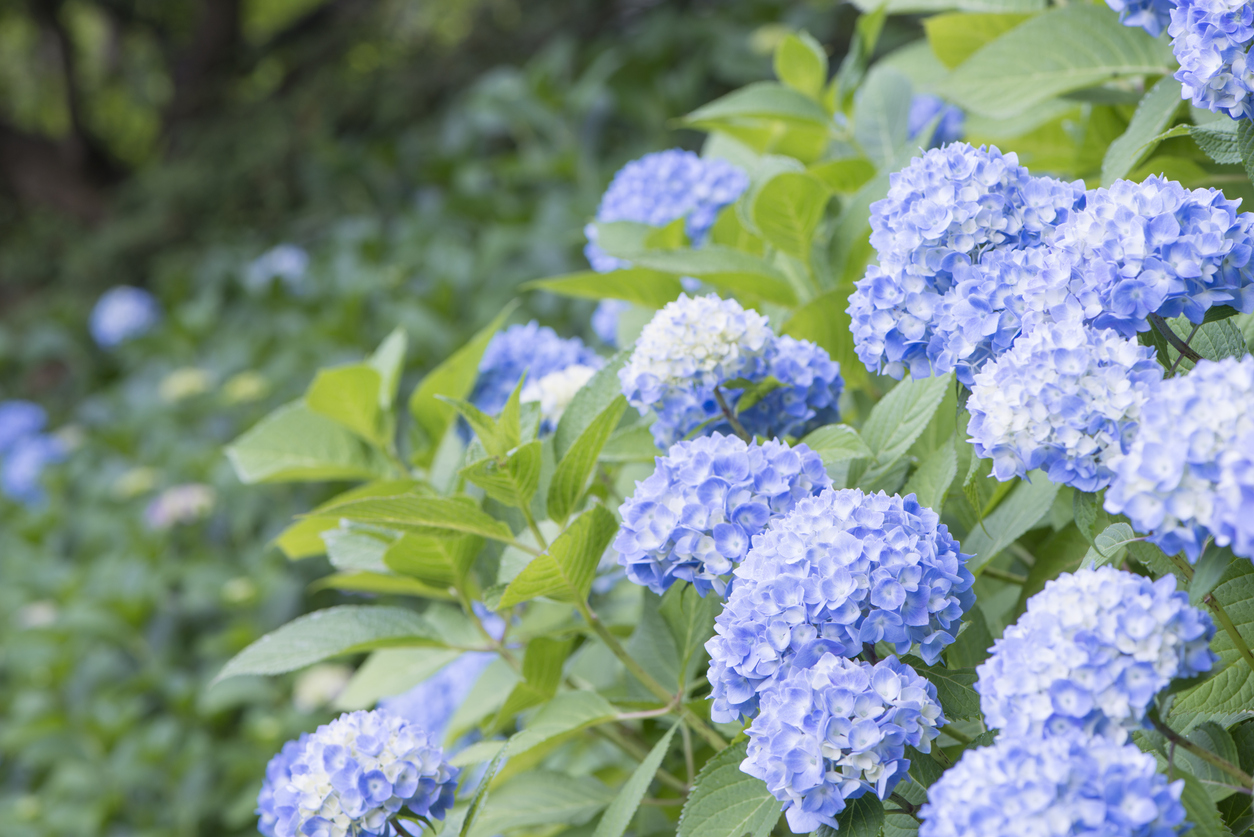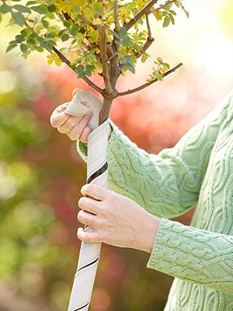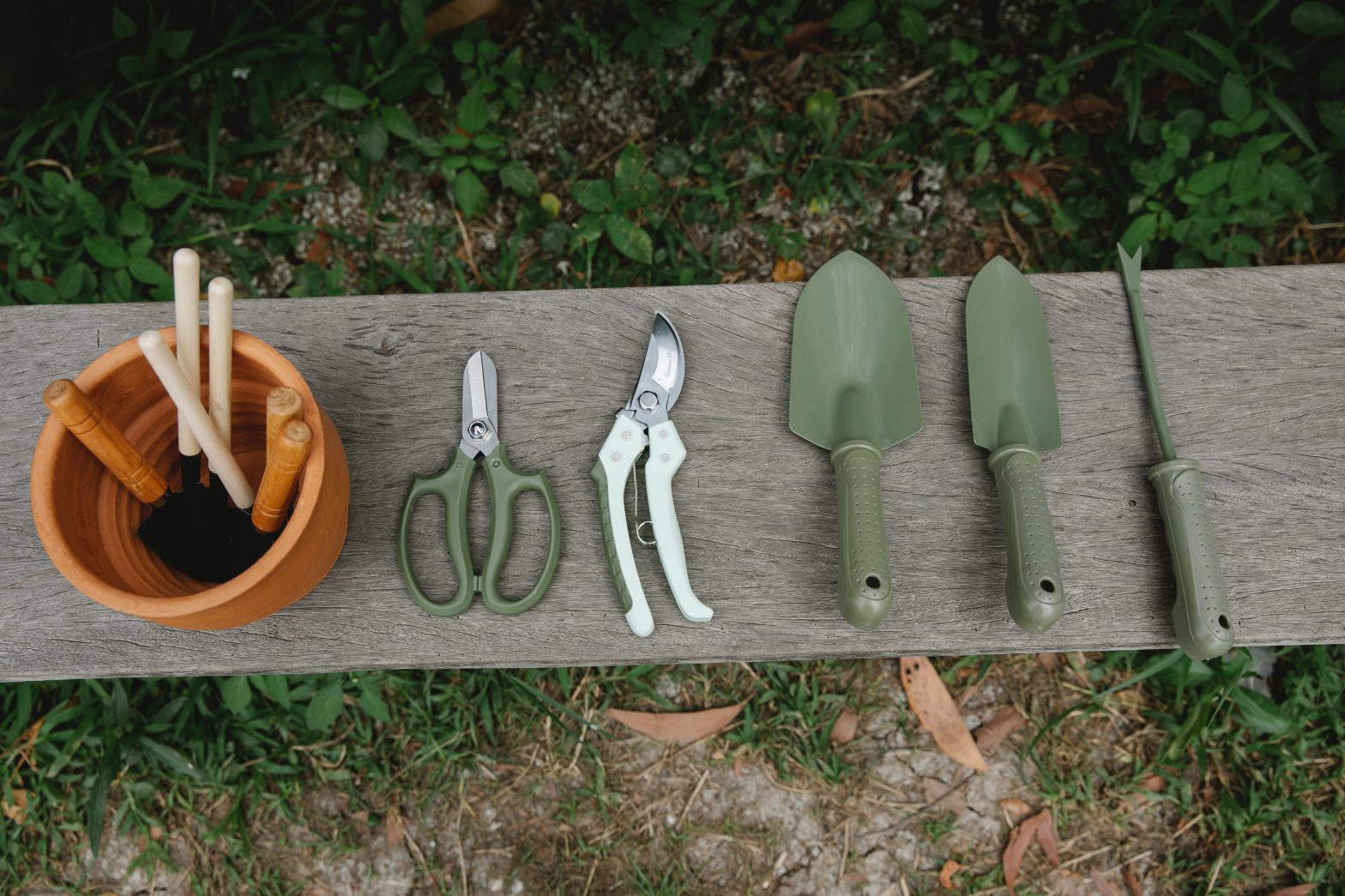Hydrangeas make beautiful specimen plants in the garden. Many have interesting foliage and bark, but most are grown for their large showing blossoms. So, it is very disappointing when hydrangeas don’t bloom for a season.
To complicate the issue, different types of hydrangeas need pruning at different times.
Hydrangea arborescens: Smooth Hydrangea
- It is a rounded shrub with leaves that are somewhat rounded with a pointed end and paler on the lower surface than on the top. These hydrangeas do not usually have any problems blooming because the flowers are set only on new growth. This is a good thing because it is very susceptible to winter injury and is often killed back to the ground in colder areas. If winter injury is not that bad, you can prune slightly in early spring by removing some branches to the ground and cutting others back to shape the plant.
Hydrangea macrophylla: Mophead Hydrangea
- The popular mophead hydrangea is sometimes easy to recognize because it is the one whose flower color changes with the soil pH: blue in acid soil, pink in alkaline.
- Mophead type hydrangea set their flower buds at the ends of the upright or lateral branches, during late summer to early fall. Pruning Bigleaf hydrangea in the spring or even late fall, after the buds have been set, will remove the flower buds and any chance of getting flowers that season.
- Mopheads should be pruned as soon as the flowers have faded. You should begin to see new growth coming in from the base of the plant. To keep the plant vigorous, selectively prune out the dead and weaker stems, both old and new. Do not prune out all the old wood, since this is what will keep flowering as the new growth matures.
Hydrangea paniculata: Panicle Hydrangea
- This is the most commonly grown hydrangea variety and have massive conical shaped flower clusters in mid to late summer. The flowers can start out white and slowly turn pink, drying and remaining on the plant long after the leaves have fallen. These are also the varieties you see trained into standards that look like small trees.
- Paniculata’s do not require hard pruning to the ground. New flower buds will be set on new spring growth. Some gentle pruning in late winter or early spring will not only keep the plants from becoming overgrown, it will also encourage more new growth and hopefully more flower buds. You can remove dead flowers, as soon as they become unattractive and clean up the overall shape of the plant.
Hydrangea quercifolia: Oakleaf Hydrangea
- It’s probably not surprising that oakleaf hydrangea is easily recognized by its oakleaf shaped foliage. Since its major attraction is its foliage, loss of bloom is less disappointing than in other varieties.
- Oakleaf hydrangea also blooms on new season growth and can be pruned in late winter or early spring, while dormant, to remove dead wood. If it has experienced winter dieback, prune back to below the point of injury.
Hydrangea anomala petiolaris: Climbing Hydrangea
- The stunning climbing hydrangea is the type you see slowly making its way up a tree or support. It is actually a vine, not a shrub and requires little to no pruning. Once climbing hydrangeas become established, they can grow quite vigorously and may need occasional summer pruning to stay in bounds.





